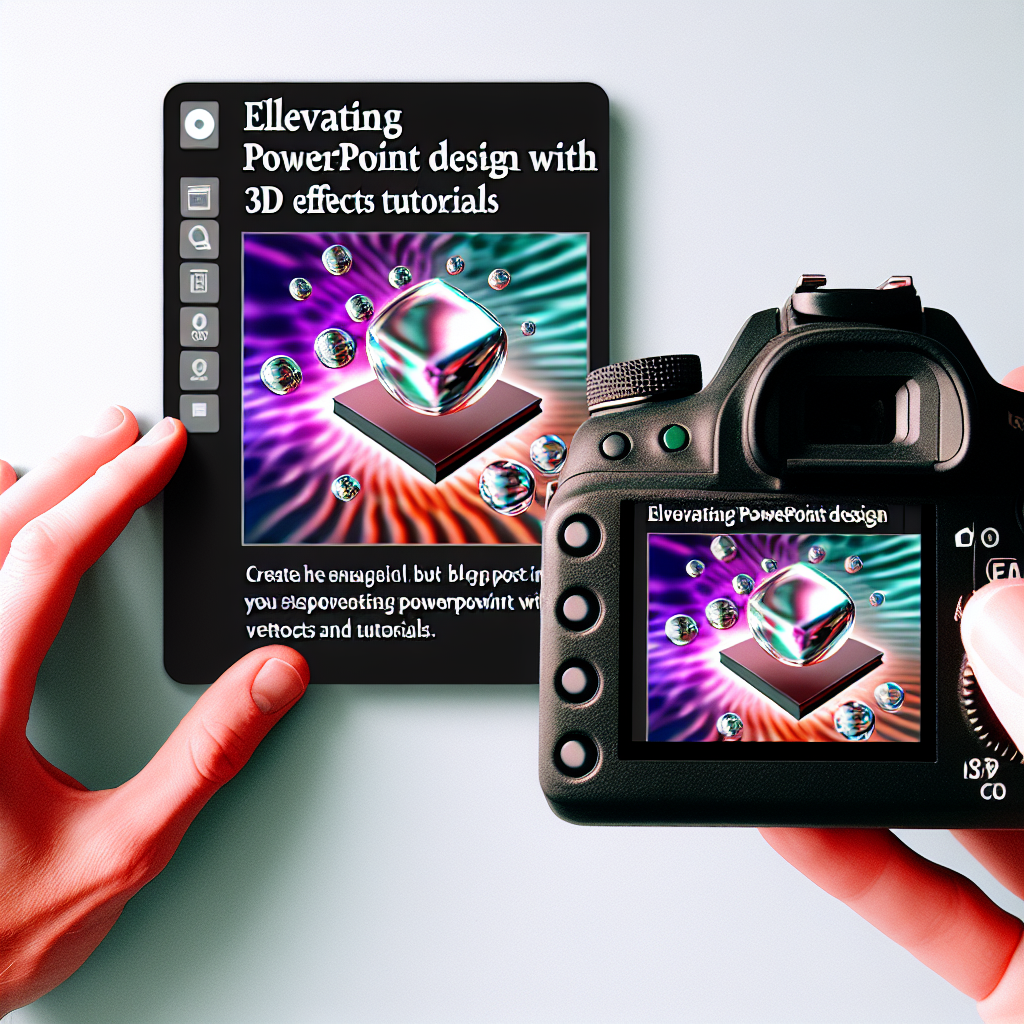Are you eager to elevate your PowerPoint presentations with stunning 3D effects and innovative design techniques? In this article, we’ll explore comprehensive 3D PowerPoint tutorials that can enhance your presentation skills, boost your powerpoint design creativity, and improve your overall graphic design expertise. Dive in to learn how to transform simple slides into captivating visual stories.
Mastering 3D Effects in PowerPoint for Dynamic Presentations
Unlock the full potential of PowerPoint’s 3D capabilities by understanding the foundational tools and features available within the software. To start, familiarize yourself with the built-in 3D models, which allow you to incorporate realistic objects directly into your slides. These models can be rotated, resized, and positioned to add depth and perspective, making your content more engaging.
Advanced users can leverage the 3D rotation feature to animate objects, creating captivating visual effects. For example, animating a 3D globe to rotate during a presentation can effectively illustrate global data or strategies. Mastering these tools requires practice, but numerous tutorials and online resources are available to guide you through the process.
Moreover, combining 3D models with custom graphical elements like shadows, reflections, and lighting enhances realism. Experimenting with color schemes and transparency further accentuates your 3D effects, making your presentation visually compelling and professional.
Integrating 3D Graphics for Innovative PowerPoint Design
Beyond basic 3D effects, integrating 3D graphics into your PowerPoint slides can significantly boost the graphic design quality of your presentation. This involves importing 3D assets created in external programs like Blender or Adobe Dimension, then incorporating them seamlessly into your slides.
Successful integration requires attention to detail, such as ensuring consistent lighting, perspective, and style. Use PowerPoint’s layering capabilities to position 3D objects alongside 2D elements, creating a cohesive and polished look. Additionally, leveraging transitions and animations between 3D models can produce a dynamic storytelling experience that captivates your audience.
Designers should also prioritize simplicity; avoid overcrowding your slides with excessive 3D elements. Instead, select impactful 3D graphics that reinforce your message and complement your overall design theme. Regularly updating your skills through tutorials and practice will keep your powerpoint design innovative and engaging.
In conclusion, mastering 3D PowerPoint tutorials empowers you to craft presentations that are visually striking and highly effective. By understanding how to utilize 3D effects and integrate sophisticated graphics, you can elevate your powerpoint design to new heights. Continue exploring tutorials and practicing these techniques to stay ahead in the dynamic field of graphic design.
